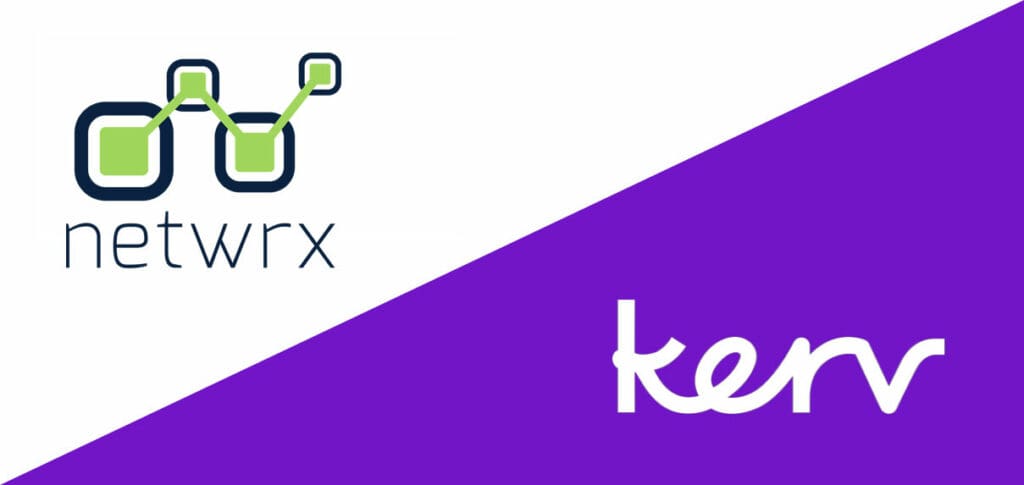
Graham Brown
CTO|Kerv Connect
Have a question?
Get in touchPublished 01/11/22 under:
We could always use more bandwidth, right?
The question of whether or not a customer needs more bandwidth is a really interesting one.
We all have the sense that the applications we’re using are more media-rich than they used to be, and that they’re therefore consuming a lot more bandwidth. Subjectively, it’s easy to assume that more bandwidth is automatically better, and that we’ll need consistently more over time.
On the other hand, the people who have a vested interest in ensuring they’re paying for the right amount of bandwidth don’t have visibility on how much they actually need. Instead, vendors are the ones with the visibility, and also coincidentally the ones with a vested interest in selling us more.
It’s true that many applications do require more bandwidth. But whether or not your organisation truly needs more, and if so, how much and when, is a question that requires some investigation.
Application performance is not just about bandwidth
If your organisation is experiencing problems with applications running slowly, it’s easy to blame network bandwidth. However, application performance is not necessarily just about bandwidth, it’s also about latency and lots of other things.
While throwing more bandwidth at a problem can help to an extent, configuration also counts for a lot. This means that before jumping to increased bandwidth as a solution, it’s important to ensure you’ve diagnosed the actual cause of the performance issues and checked whether something different could be the root of the problem.
Vendors’ bandwidth business model
It needs to be said: vendors play a big part in maintaining the “more bandwidth = better” assumptions, and it’s easy to understand why.
When a vendor installs a connection, there’s a ceiling on the amount of bandwidth that connection is capable of delivering. However, this is often limited to a lower level depending on the contract the customer takes out. For example, a customer may only need 20Mbps on a 100Mbps link, so the service provider charges appropriately and throttles the connection.
If over the course of a contract a customer decides they need to upgrade bandwidth, the additional cost to the vendor of delivering that is essentially zero – there’s no engineer visit required and no hardware to change, the bandwidth provision can be updated remotely via a software change. Because the customer is still in contract, they can also charge whatever they like to do so or require that they upgrade to specific increments (or even max out the capability of the connection) rather than taking only the additional bandwidth they need.
In-contract bandwidth upgrades are obviously a very profitable revenue stream for vendors, so it’s not surprising that they’re happy to push the narrative that more bandwidth is better.
SD-WAN is a bandwidth game-changer
So once you’ve established that bandwidth is really the cause of your performance issues, and you understand how much additional bandwidth you need, how can you ensure you’re able to access this at a fair price?
Obviously, different providers have different pricing models and price points, from ethernet leased lines capable of delivering very high bandwidths to 4G or 5G LTE connections designed to deliver much smaller increments.
This is where an SD-WAN solution comes into its own. Rather than being tied to a single service provider and their cost model, you can access any provider you need, and seamlessly integrate them into your network architecture.
This works extremely well if the additional bandwidth you require is smaller than the level your vendor is willing to offer you, and is also a very cost-effective solution for short-term bandwidth requirements.
Get ahead of your bandwidth requirements
At Kerv, our expert team are committed to helping you achieve your networking goals in the most efficient and cost-effective way. That means working with you to understand the root causes of pain points, and, once we’ve identified the issue, coming up with creative and flexible ways to fix them.
Get More from Your Bandwidth
SD-WAN gives you the freedom to mix and match vendors and build what works best for your business. Let’s chat, reach out today and see how we can help.
Speak with us today!Have a question?
"*" indicates required fields






